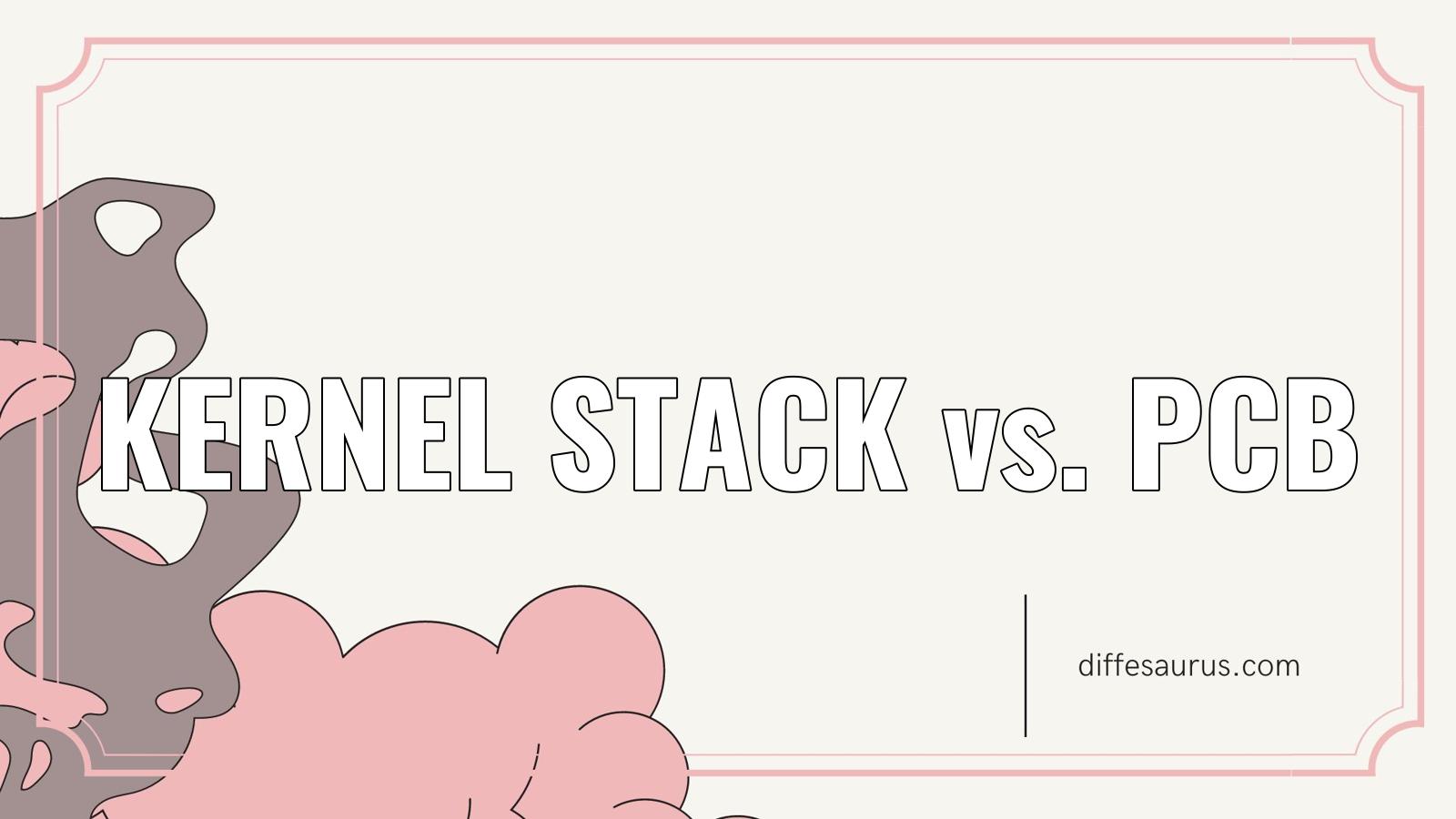To start processes and to switch between processes seemlessly is one of the most important responsibilities of thekernel.
A process control block is a data structure used to store information about a process. A process descriptor is also known as a process descriptor. The operating system creates a process control block when a process is created or installed.
What’s the difference between kernel stack and user stack?
We can find the user stack that grows downward to lower addresses in the user space. While the process is running in user mode, the user stack is only used.
Where is PCB stored in OS?
The operating system maintains a data structure called the Process Control Block (PCB). The PCB’s role is to give identity to each process so that the operating system can distinguish between processes. There are fields in the PCB like process ID, process priority, process state, accounting information, list of open files, etc. Every process currently being executed in the system has a reference to the process table. OS refers to the process table for the required process whenever it performs context switch.
Does the kernel have its own stack?
Each thread has its own stack of kernels. There is a separate place for each process to hold its saved register in its process table entry, just like there is a separate place for each process’s own execution stack.
What is PCB?
Most modern electronic devices use printed circuit boards. The foundation on which all of the other electronic components are assembled is a printed circuit board.

What is the purpose of PCB?
As shown in fig. 4.1, PCBs can be defined as non-conductive boards built on a structure. Many active and passive components are mounted on the PCBs based on the design specifications and requirements. Any hardware design that specifies the size, shape, and other relevant physical properties of the PCB in its entirety is a form factor. The form factor of a PCB design is taken into account.
How thick are PCB layers?
The standard PCB thickness is approximately 0.062 in, according to many contract manufacturers. During the earlier days of board fabrication, this was the size of bakelite sheets that were manufactured in. The historical standard PCB thickness is what we can refer to. The standard is still the most common thickness for designs, even though boards are made to be larger and smaller today.
What is kernel stack used for?
The interrupt handler is executed using the kernels stack. The interrupts are almost always doing something for another process. The process is blocked waiting for something to happen, and all the hardware happening are signaled by the interrupt.
How thick is a 4 layer PCB?
The four layer PCB boards have a final thickness of 0.020″, 0.031″, 0.040″, 0.047″, 0.062″, 0.093′ and 0.125′. You can choose between 1/2, 1 or 2 ounce inner layer copper foil for your board.

What is xv6 PCB?
The nice system call and the ps system call are the ones that the cps is for. We need to add a new attribute in the PCB of the process. The process’s PCB is kept in a file.
Is process control block in stack?
The data structure of the Process Control Block is related to the process. The process control block is a part of the task control block.
How thick is a 6 layer PCB?
The thickness of the PCB board depends on many factors. A conventional PCB has a standard thickness of 62 mils. PCB becomes more complex because of the increase of weight and number of copper layers. There are two new standard thickness PCBs, 93 mils (2.36mm) and 125 mils (3.17mm), which are 50% and 200% of the old standard thickness, according to the customer’s requirements.
Why do we switch from the user’s stack to a kernel stack when we enter the kernel eg for a system call )?
We have better isolation because we have separate user and kernels stacks for each process. There are no problems in the user stack that can cause a crash. The stack area that is under the control of thekernel is more secure because of this isolation.
What is stack up in PCB?
Before designing the final layout of the board, a stackup is the arrangement of layers of copper and insulators. Proto-Electronics, a European platform dedicated to rapid prototyping of SMT printed circuits and cross-section components for professionals, must be at the forefront when it comes to managing a good stackup.



